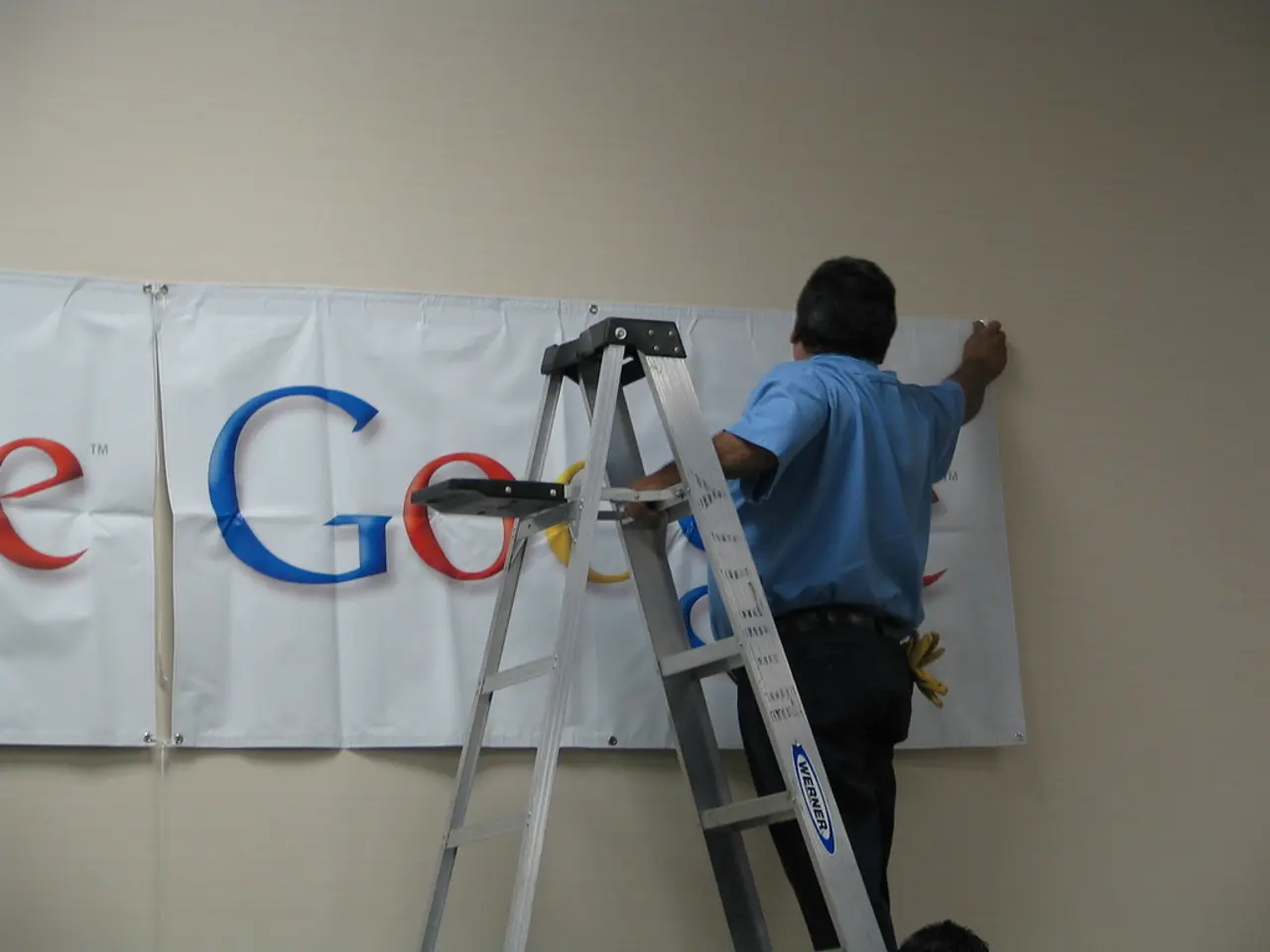Hacked Google Accounts: A Confirmation and recovery guidance for your account
In the digital age, the threat of hacking is ever-present, and Google users are not immune. According to a recent report by the Cisco Talos Intelligence Group, there has been an "exponential rise in cookie and authentication token theft" being used by hackers to compromise accounts. Google's senior director of product management, Andy Wen, has warned that these password-stealing threats have "only intensified in 2025," driving 37% of successful intrusions.
One example cited in the report involves victims being directed to a fake Microsoft Office 365 login page requiring a fake 2FA input to steal users' credentials and session tokens. Cybercriminals may consider brokering compromised credentials as simpler and more reliably profitable than other post-exploitation activities.
If you find yourself locked out of your Google account, Google has resources available for recovery. The process begins with trying to sign in at Google sign-in. If you still have access, immediately change your password, recovery email, phone number, and update two-factor authentication (2FA) settings to secure your account.
However, if you are locked out, you can use the Google Account Recovery tool. It's important to use a device, browser, and location familiar to Google to improve recovery success. You'll be prompted to verify your identity through recovery methods such as codes sent to your recovery email or phone, answering security questions, old passwords, or account creation details. Accurate answers increase chances of recovery.
Once recovered, secure your account by changing to a strong, unique password, signing out of all devices to remove unauthorized sessions, enabling two-factor authentication for added security, reviewing and updating recovery information such as phone number and email, checking for suspicious email forwarding rules, unfamiliar sent or deleted emails, and notifying your contacts to be cautious of suspicious messages from your account.
If you have lost access to your recovery options (phone/email) or device, recovery may be harder, but persistence and providing detailed, accurate information during the recovery process can help. Before or during recovery, ensure your device is secure by running up-to-date antivirus or security software scans to remove malware that may have compromised your account access.
Google has provided steps to mitigate these attacks in various articles on Forbes.com. The account that may be compromised includes sensitive data such as the user's Gmail inbox. The report serves as a reminder that all users, not just those of the Google platform, need to be alert to the risk of credential harvesting attacks.
Lexi DiScola, an information security analyst with the Cisco Talos Intelligence Group, warns that phishing has remained the primary method of initial access for hackers. Users are advised not to panic if their Google account is hacked, as Google has resources available for recovery. Google has issued guidance for attack recovery to impacted users and has confirmed a massive spike in attacks against its users, with password-stealing threats delivered by email increasing by 84% last year.
Messages from people asking for help to access hacked Google accounts are constant on Google's online support forums and Reddit. Google's warnings about password-stealing threats and the Cisco Talos Intelligence Group's report add weight to the need for users to be vigilant and proactive in securing their online accounts.
- Beyond password-stealing threats, phishing continues to be a primary method for hackers to gain initial access, as advised by Lexi DiScola, an information security analyst with the Cisco Talos Intelligence Group.
- Amid the rise in account intrusions on Google's platform, it is crucial for users to familiarize themselves with Google's recovery resources and cybersecurity best practices in technology's general-news landscape, such as securing their accounts with strong passwords, two-factor authentication, and updated recovery information.




